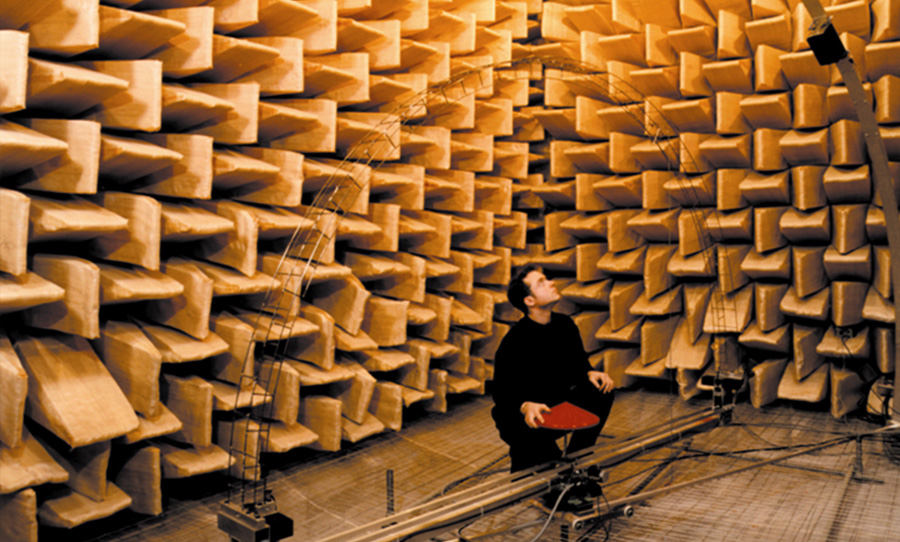The environment in which you make sound can assist in solidifying and focusing tone, or it horribly compromise the listening experience. Every time we listen, sound is interacting with the surroundings, whether it be in a large concert hall, bedroom or headphones.
In rooms that have been designed with acoustics in mind, they way that different frequencies mesh with the air and solid surfaces has been taken into account and optimised to yield neutral responses across the auditory spectrum. In this article, we’ll take a look at why we should be conscious of acoustics and some tactics for achieving a suitable environment for tracking and mixing.
Here we take a look at why you should be acutely conscious of acoustics when recording and some tactics for creating a suitable environment for tracking and mixing.
Why Are Acoustics Important?
Acoustic design is about exposing the truth of a sound source. It should also be acknowledged that the goal is not to create a luxurious listening backdrop for everything to sound pleasant. The real goal is attaining the level of sonic transparency required to make the best decisions regarding the tonal manipulation of an instrument, recording and mixing.
For example, if you’re recording in a room that provides a natural and balanced response across a wide frequency spectrum, subtle changes in microphone placement will offer up a diverse range of sonic characters.
In a room that is highly resonant, with a biased response to a narrow band of frequencies and unpleasantly reflective, your ability to pull different and interesting sounds from the same source will be significantly hindered because you will always hear the negative influence of the room.
In the mix, the challenge is slightly different. Assuming you have a well recorded live sound, the mix should present something of a blank canvas: ready to be infused with a creative and fresh palette of choices in sound.
If you’re room provides the appropriate reinforcement, meaning that you hear a true representation of the recorded sound, you’ll be in the best position to make mixing judgement calls and you’ll also be confident that your mixes will translate well in different surroundings. Conversely, ill-equipped mixing rooms won’t provide the “truth” that you’re seeking from your monitors and you might find yourself making strange decisions to compensate for acoustic deficiencies.
Treatment
For standard rectangular rooms, the two basic techniques for acoustic treatment are absorption and diffusion. The goal of absorbing sound is to minimise the reflections in a space, usually caused by hard surfaces that parallel (if you stand up in your room right now and clap, you’ll hear the echoes pinging off the walls that surround you).
The bigger the room, the more obvious the echo, because the reflected sound will take longer to travel back to your ears. Appropriate absorption will mitigate these effects, and offer up a ‘clearer’ listening experience. Higher frequencies are easier to control in this way, but taming low frequencies can be more complicated.
Bass traps are often added to room corners (where bass energy builds up and tends to be most problematic) to absorb the bottom end and prevent the low frequencies from bouncing back into the room. This is important because low frequencies are often hard to identify and if you’re working in a small room, with small monitors, it can be hard to make the right call.
Diffusion doesn’t aim to reduce the reverberance of a chamber specifically; its purpose is to break up repetitive echoes caused by parallel walls. The combination of the two techniques works well to provide a comfortable and clear acoustic setting – too much absorption (like rigid fibreglass panels) will consume too much natural ambience, not enough and the room will sound to lively and reflective.
These words represent a very basic introduction to acoustics – anyone who’s had a deeper look can tell you that things can get very, very mathematical indeed.
The impact that acoustics can make on music though, is clear. And if everyone involved in a production has at least a basic understanding of its significance, they can use that knowledge to make better decisions on creating an original tone, better miking choices and astute, confident mixing decisions.



